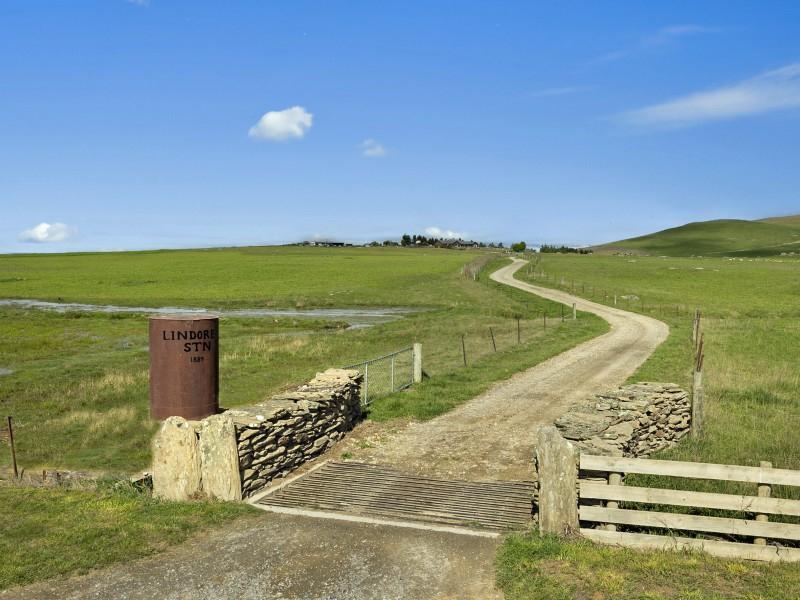Father of two left without a voice and given days to live
From reporter Hamish McNeilly
Andy Dalton went to hospital after struggling to breathe. He would later learn he had days to live.
The 41-year-old father-of-two found himself breathless while running, then later when lying down.
On October 11, he went to Dunedin Hospital’s emergency department where a tumour was detected pressing against his windpipe.
“He wasn’t able to get air into his lungs,” Amanda O’Connor, 36, speaking on behalf of her partner, said.
A scan revealed Dalton was breathing through a space of only about 3 millimetres. He was transferred to the hospital’s intensive care unit (ICU) that night.
Surgery to remove the tumour revealed he had a super aggressive and rare form of cancer called anaplastic thyroid cancer, which they couldn’t remove.
He was given a tracheostomy – a hole through the front of the neck and into the windpipe – so he could breathe.
But while in ICU the tumour continued to grow and began to restrict his airway.
A few days later Dalton was told he had “days left”.
“We were a bit shell shocked,” O’Connor said.
Dalton’s two children – a son, 8, and a daughter, 4, were “doing as well as you can expect”, she said.
The pair highlighted the incredible support they had at hospital, which included a consultant coming in on his day off to bring Dalton home in an ambulance for three hours, so he could say goodbye to family and friends.
“We were expecting any time,” O’Connor said.
Dalton, who communicates via a tablet, told Stuff hospital staff had “gone above and beyond treating me with the utmost care in what has been an incredibly scary, stressful and emotional experience”.
On Tuesday, Dalton had his final radiation treatment aimed at prolonging his life, which appeared to help slow the growth.
While the cancer was incurable, testing revealed he had a specific mutation known as the Braf gene.
Unfunded drugs that cost $5500 a month targeted the mutation and slowed the growth of the tumour.
“It does slightly improve prognosis, gives him slightly more time but nothing is a curative treatment for Andy’s cancer,” O’Connor said.
The family wanted him to have more time, particularly for his children, so they had set up a Givealittle page, hoping to raise $50,000.
Another potential treatment option was also unfunded, immunotherapy medication, PDL-1, which cost $100,000 a year.
“Nobody thinks he will get that amount of time,” O’Connor said.
He had returned home and the family had realised they were “on shaky ground”, she said.
“Every day since then has been a gift.
“I have found it a challenge, as his partner, to try and put on a positive face every day.”
The best case scenario was for the tumour to shrink around the windpipe, and he could speak – albeit quietly – with the tracheostomy still in place.
Dalton was able to talk with the help of an electronic device, as well as ‘’charades’’ with his children.
His son was desperate to have his dad watch him play sport, which included futsal and touch.
‘’It is about maximising memories for the kids,’’ O’Connor said.

Best way to use leftovers?
I'm sure you've got some excess ham at home or cold roast potatoes.
What are some of your favourite ways to use leftover food from Christmas day? Share below.

⚠️ DOGS DIE IN HOT CARS. If you love them, don't leave them. ⚠️
It's a message we share time and time again, and this year, we're calling on you to help us spread that message further.
Did you know that calls to SPCA about dogs left inside hot cars made up a whopping 11% of all welfare calls last summer? This is a completely preventable issue, and one which is causing hundreds of dogs (often loved pets) to suffer.
Here are some quick facts to share with the dog owners in your life:
👉 The temperature inside a car can heat to over 50°C in less than 15 minutes.
👉 Parking in the shade and cracking windows does little to help on a warm day. Dogs rely on panting to keep cool, which they can't do in a hot car.
👉 This puts dogs at a high risk of heatstroke - a serious condition for dogs, with a mortality rate between 39%-50%.
👉 It is an offence under the Animal Welfare Act to leave a dog in a hot vehicle if they are showing signs of heat stress. You can be fined, and prosecuted.
SPCA has created downloadable resources to help you spread the message even further. Posters, a flyer, and a social media tile can be downloaded from our website here: www.spca.nz...
We encourage you to use these - and ask your local businesses to display the posters if they can. Flyers can be kept in your car and handed out as needed.
This is a community problem, and one we cannot solve alone. Help us to prevent more tragedies this summer by sharing this post.
On behalf of the animals - thank you ❤️








 Loading…
Loading…

























